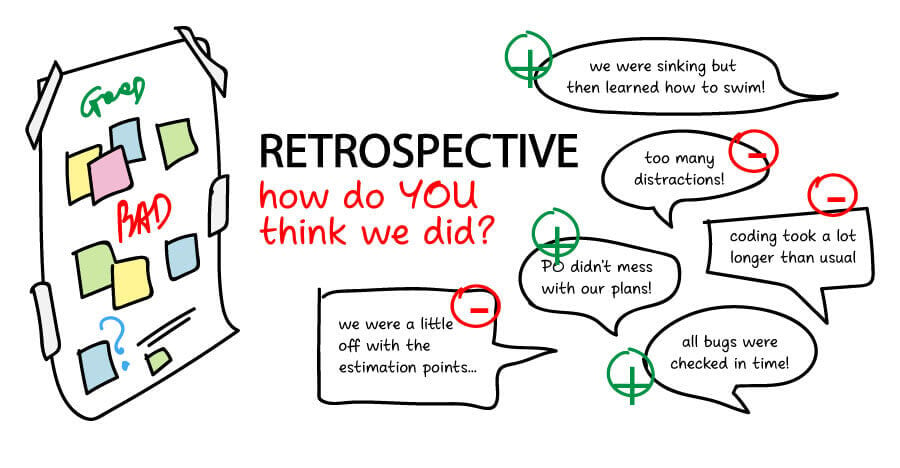Among banks silos are commonplace. That and the legacy systems that siloed departments use. In large organizations where many departments represent specialisms, silos exist and are often counter-productive. Modern systems may go some way to changing this. But there is still resistance to both change and new technology.
In her book, The Silo Effect, Gillian Tett, who is also an Editor at the Financial Times, shared how “gigantic financial companies were split into so many different departments, or silos, the leaders who were supposed to be running the groups did not understand what their own traders were doing.”
Things may have improved, slightly, since Tett’s book was published. The rise of the cloud providers, the embracing of agile methodology by many technology enthusiasts in banks, and the increased rhetoric emanating from key banking figures like Jamie Dimon suggesting banks will become technology companies. All these things give the wider industry sector some hope. But change is still taking too long.
Overcoming silos through simplifying processes
One of the companies helping banks to overcome their digital challenges is Fimatix. The company is focusing on supporting companies from the financial services industry to navigate the increasingly complex regulatory demands and other challenges which they face. To increase the support available to financial institutions, David Beatts has been appointed as Head of Delivery at Fimatix.
David has years of experience working within investment banks, outsource providers and as a consultant. He’s been at the coal face working both in business, operations and IT functions and has witnessed a wide and diverse set of changes over the years.
“Investment banks, be they big or small, have generally have had to contend with the same types of issues problems,” namely:
- Cost control has driven down overall headcount, required roles and functions to be offshored and reduced investment in technology
- Business change has seen Increased trading volumes, more clients, new products and decreasing spreads
- Regulation consumes technology budgets and requires new processes
- Risk & Control requires headcount increases to cope with additional processes and their oversight.
The impact of this has generally been that after spending technology budgets on regulation, risk & control and revenue generation, there has been little, or no money left for the rest of the organization.
Additionally, David explained, that the way in which the banks grew has created a silo’d structure. Typically, each financial product that the bank offers e.g., equities, rates, FX, and derivatives all grew in a silo’d manner with their own trading desks, technology and support functions. “The focus was growing the business to generate the revenue, with less regard given to overall architecture or any organization efficiencies” Furthermore, these silos are divided into smaller sub-siloes. For example, equities are typically split by cash equities, equity financing, ETF’s and equity derivatives.
The overall impact of this is “a legacy of technology debt, process complexity, inefficient organization structures and lots of manual work. It’s possible to change aspects of a sub-silo, but only making one part slightly more efficient doesn’t change the dial. As a result, many firms are really struggling to unpick the issues and deliver change.”
In short, “Banks are trying to meet 2020’s client and business expectations with 1990’s organizations, processes, data and technology.”
Working efficiently with a digital transformation partner
We are all seeing examples of banks revolutionizing their technology solutions. In the United Kingdom, companies like Thought Machine and Form3 are just some of the firms’ supporting banks in their need to update core banking and other systems. But are they able to overcome the silo effect with these technology solutions?
David shared how digital transformation shouldn’t focus on the role of the CTO exclusively. Yes, the CTO can embrace cloud solutions and agile methodologies, but does that mean that the business has transformed?
“Transformation shouldn’t focus on just the digital aspects and the CTO’s domain exclusively. Technology is certainly a key enabler but it’s not the only pillar that enables change. The technology solution should be identified after you’ve defined what problems you need to solve and how you want to work in the future – not the other way round.”
Why Fimatix can offer the solution
David’s background is a mix of working in, managing and leading operations functions. Working in business management and consultancy. He’s also worked in multiple projects, programs and change functions, not just technology but also business process re-engineering, offshoring, outsourcing, organizational and many others. He’s also a keen advocate of Lean Six-sigma, and believes in the principle of ‘putting the customer as heart of everything you do’.
“I found the idea of building something with Fimatix really appealing,” David highlighted. He pointed out how he could see how the management team at Fimatix wanted to leverage their experience. How they have created products and worked closely with organizations already but want to provide solutions for a wider client-base including financial institutions.
Creating relationships with the business lines and process owners, not just the technology function is the key to helping organisations change. “Asking the CTO to discuss his technology budget is very important. But going to the person that runs the business and helps obtain and direct the technology budget is just as, if not more important.”
David is looking forward to identifying the types of problems that banks have and being able to help them. Not just by giving them another bit of technology, which they have plenty of already, but by helping them create an efficient operating environment. Helping them through the implementation of intelligent automation tools and scalable systems.
This is just one of the opportunities that David feels he will be able to offer clients of Fimatix. Using innovative technology and core transformation capability wrapped around an agile delivery model.
The race to the bottom
The discussion about silos and organizational challenges that banks face has been with us for some time now. Some firms have made some advances, notably delivering silo workflow technology solutions where the processing logic is embedded within the solution. However, in that time those same banks and financial institutions have shed thousands and thousands of employees. They have offshored or outsourced as much as they possibly can. All these factors have led to a situation where real “subject matter experts” are in short supply, making change even harder.
This all against the backdrop of business growth, regulation and risk & control, David voiced his concern about how there is minimal cost saving opportunities amongst many of the investment banks today. “Ask any senior manager and they will say they are running ‘close to the bone’, however, due to the lack of meaningful performance data, this is more a gut feel and not an empirical measurement.”
“So what happens when you get to the bottom of cost saving?” David asked.
The situation calls for a more radical attitude to change, David believes firms will need to employ “a multi-pronged firm-wide approach that addresses all the aspects of the operating model including optimal processes execution, efficient organization structures, a workforce that drives innovation, smart automation tooling and scalable technology. And, at the heart of this will be the understanding of optimum process.”
Unfortunately, the disruption that digitalization has precipitated is not as far along as one might think. Retail banking may be disrupted more than any other sector of banking today, whilst many other financial services sectors are still largely untouched or unchanged. With veterans like David available to help there is every reason to be hopeful though.




